The Majestic Mountain Goat: A Comprehensive Guide
The mountain goat, a creature of breathtaking agility and resilience, reigns supreme in the rugged peaks of North America. Often mistaken for a sheep or ibex, this unique ungulate is a testament to adaptation, thriving in environments that would challenge most other large mammals. This guide explores the fascinating world of the mountain goat, from its evolutionary history and physical characteristics to its behavior, habitat, and conservation status.
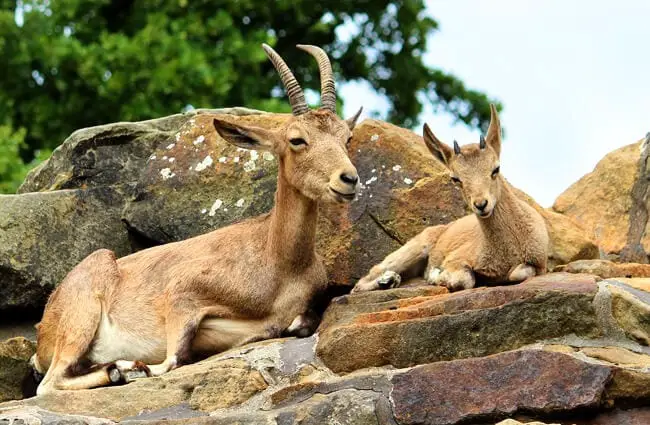
Physical Characteristics & Adaptations
The mountain goat, scientifically known as Oreamnos americanus, is instantly recognizable by its striking white coat, which provides excellent camouflage against snow and rocky terrain. Mature males, known as billies, can weigh between 130 and 300 pounds, while females, or nannies, typically weigh between 75 and 140 pounds. Both sexes possess powerful legs and broad cloven hooves with rough pads, providing exceptional traction on steep icy slopes. These hooves are not simply shaped for gripping but also have the ability to spread, increasing surface area and distributing weight.
Pleasingly distinct are the pair of black sharply pointed horns present in both sexes. These horns grow continuously throughout the animal’s life, with those of mature billies becoming significantly larger and more curved than those of nannies. Horns aren’t used for fighting but rather for establishing dominance and for clearing snow to access vegetation. Their thick double layered coat provides superb insulation against harsh alpine conditions.
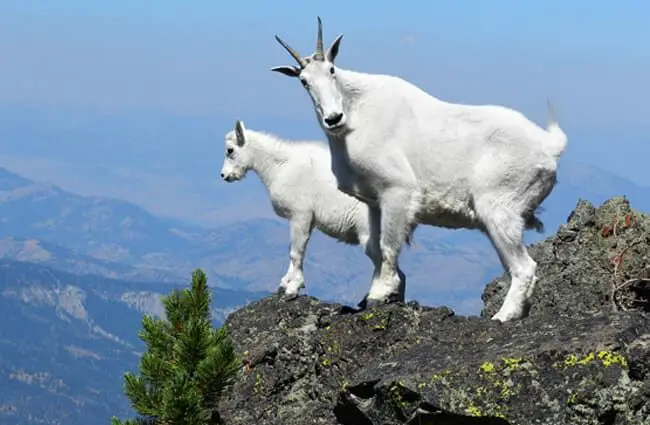
Habitat & Distribution
As the name suggests, mountain goats are creatures of high altitudes. They inhabit the steep rocky slopes, cliffs, and alpine meadows of North America’s western mountain ranges, including the Rocky Mountains, the Cascade Range, and the Sierra Nevada. They can be found at elevations exceeding 13,000 feet, often inhabiting areas inaccessible to most other large mammals.
Their distribution is somewhat patchy, dependent on suitable habitat. While historically found in larger areas, populations have been fragmented due to habitat loss and hunting. They prefer areas with a combination of steep slopes for escape from predators, meadows for foraging, and mineral licks for essential nutrients. They are also known to utilize snow caves for shelter during severe weather.
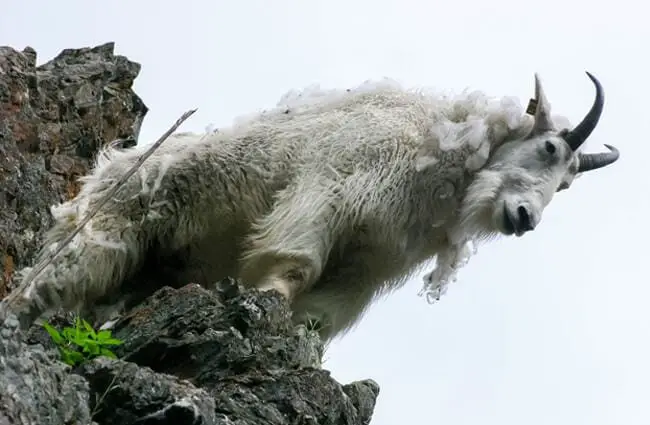
Diet & Foraging Behavior
Mountain goats are herbivores, with a diet consisting primarily of grasses, sedges, forbs, shrubs, and the twigs and needles of coniferous trees. They are selective feeders, choosing nutrient rich plants when available. Their foraging behavior is influenced by seasonal changes and snow cover. During the summer months, they graze on lush alpine meadows. As snow accumulates, they utilize their strong legs to navigate steep slopes and access vegetation under the snow. They have also been observed scraping away snow with their hooves to reach buried plants.
Mineral licks are crucial to their diet, providing essential nutrients like sodium, calcium, and phosphorus. These licks are often located in exposed rock outcrops and are frequently visited by multiple goats. They have a four chambered stomach that helps them extract maximum nutrients from their coarse diet.

Reproduction & Life Cycle
The mating season, or rut, typically occurs in late autumn and early winter. Billies will engage in displays of dominance, including vocalizations and posturing, to attract nannies. After a gestation period of approximately 150 to 175 days, nannies usually give birth to a single kid in May or June. Kids are precocial, meaning they are able to stand and walk shortly after birth.
Nannies are incredibly protective of their young and will fiercely defend them from predators. Kids will nurse for several months, gradually transitioning to a diet of vegetation. They remain with their mothers for at least a year, learning essential survival skills. Mountain goats have a relatively long lifespan, with some individuals living for over 15 years in the wild.
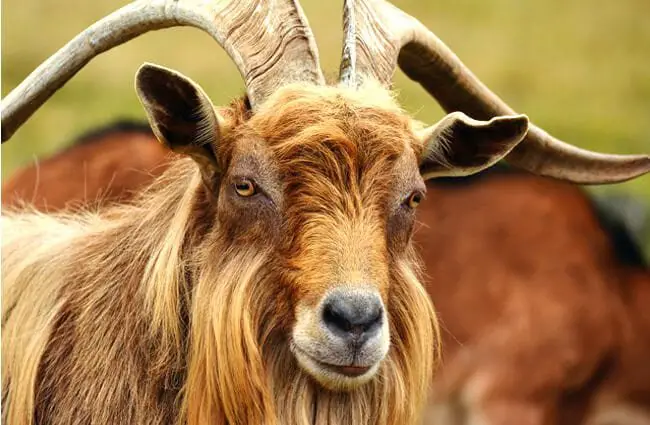
Social Behavior & Communication
Mountain goats exhibit a complex social structure, varying depending on the season and habitat. During the winter months, they often form small loosely knit groups. In the summer, they may disperse into smaller family units. They are not strictly territorial, but billies will defend access to nannies during the breeding season.
Communication is primarily through vocalizations, scent marking, and body language. They produce a variety of sounds, including whistles, bleats, and snorts. Scent glands located on their feet and chin are used to mark rocks and vegetation. Body language, such as head movements and ear position, plays a crucial role in establishing dominance and communicating intentions.
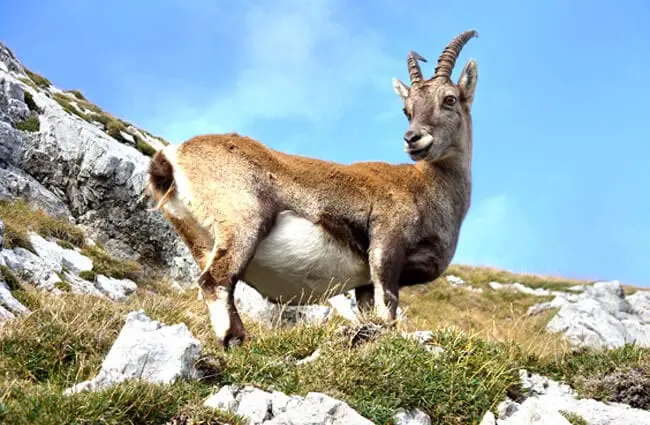
Ecological Role & Interactions
Mountain goats play a significant role in the alpine ecosystems they inhabit. As herbivores, they influence plant communities through selective grazing. Their movements also help to disperse seeds. They are preyed upon by predators such as wolves, cougars, wolverines, and golden eagles, particularly young kids.
They share their habitat with other alpine species, including bighorn sheep, elk, and various bird species. Competition for resources can occur, particularly during harsh winters. They sometimes utilize the same mineral licks as other ungulates. Their presence can also influence the behavior of other animals, providing early warning signals of approaching predators.
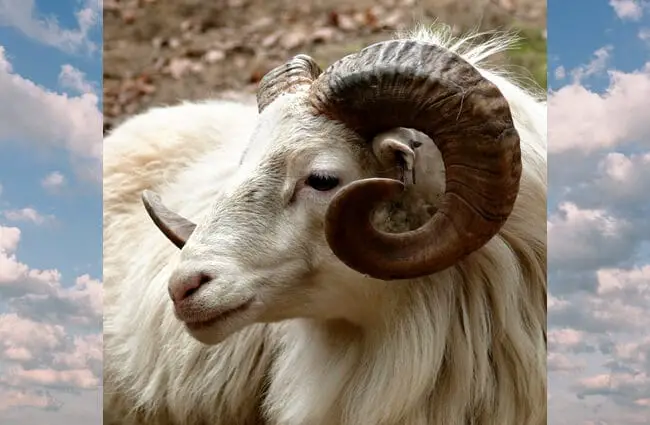
Human Interactions & Conservation Status
Historically, mountain goats were hunted extensively for their meat, hides, and horns. This led to significant declines in many populations. Today, most populations are managed through regulated hunting seasons and habitat protection efforts. However, several factors continue to threaten their survival, including habitat loss due to climate change and human development, disease outbreaks, and predation.
Several state and federal agencies are working to monitor and manage mountain goat populations. Translocation efforts have been undertaken to establish new populations in suitable habitat. Responsible outdoor recreation and minimizing disturbance to their habitat are crucial for ensuring their long term survival.
Encountering Mountain Goats in the Wild
If you are fortunate enough to encounter mountain goats in the wild, it’s important to maintain a safe distance. They are wild animals and can be unpredictable. Never approach or attempt to feed them. Keep pets leashed and under control. If a goat appears agitated or defensive, slowly back away. Report any aggressive behavior to local wildlife authorities.
Observing these magnificent creatures in their natural habitat is a truly rewarding experience. By respecting their space and supporting conservation efforts, we can help ensure that mountain goats continue to thrive for generations to come.

![Red Angus Closeup of a beautiful Red Angus cowPhoto by: U.S. Department of Agriculture [pubic domain]https://creativecommons.org/licenses/by/2.0/](https://animals.net/wp-content/uploads/2020/03/Red-Angus-4-238x178.jpg)




![Red Angus Closeup of a beautiful Red Angus cowPhoto by: U.S. Department of Agriculture [pubic domain]https://creativecommons.org/licenses/by/2.0/](https://animals.net/wp-content/uploads/2020/03/Red-Angus-4-100x75.jpg)

